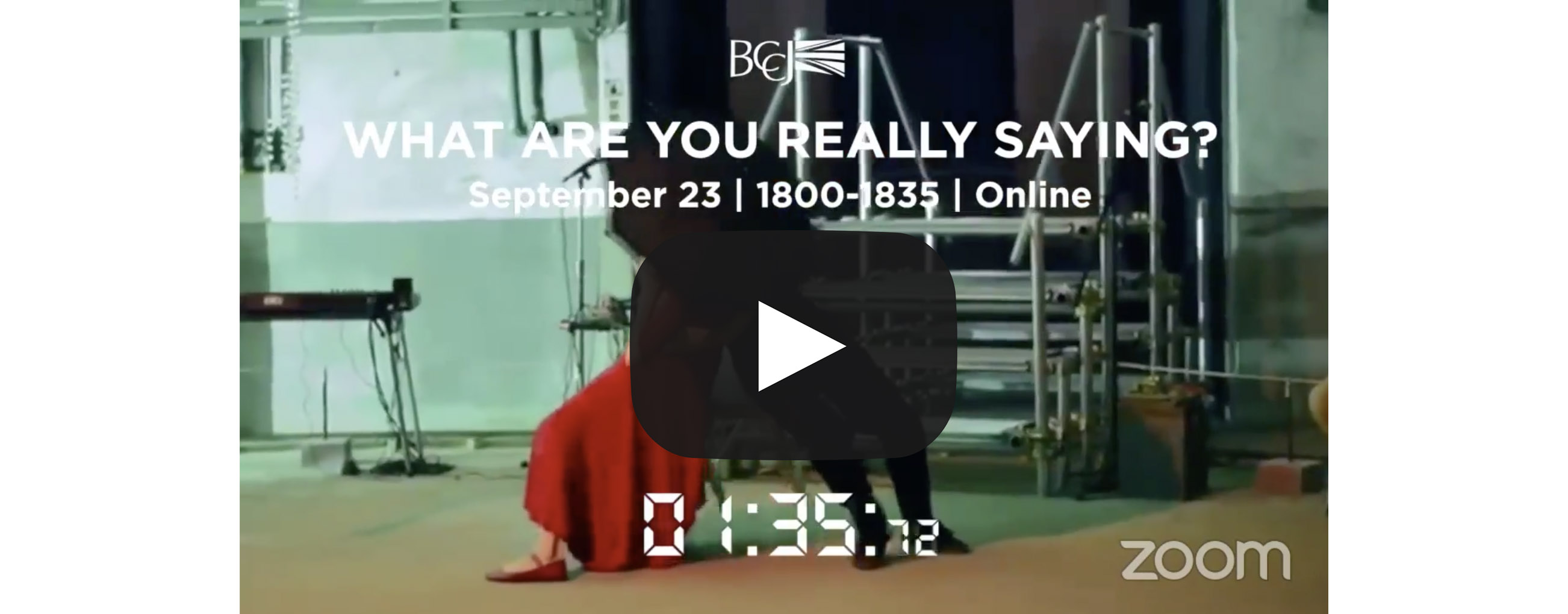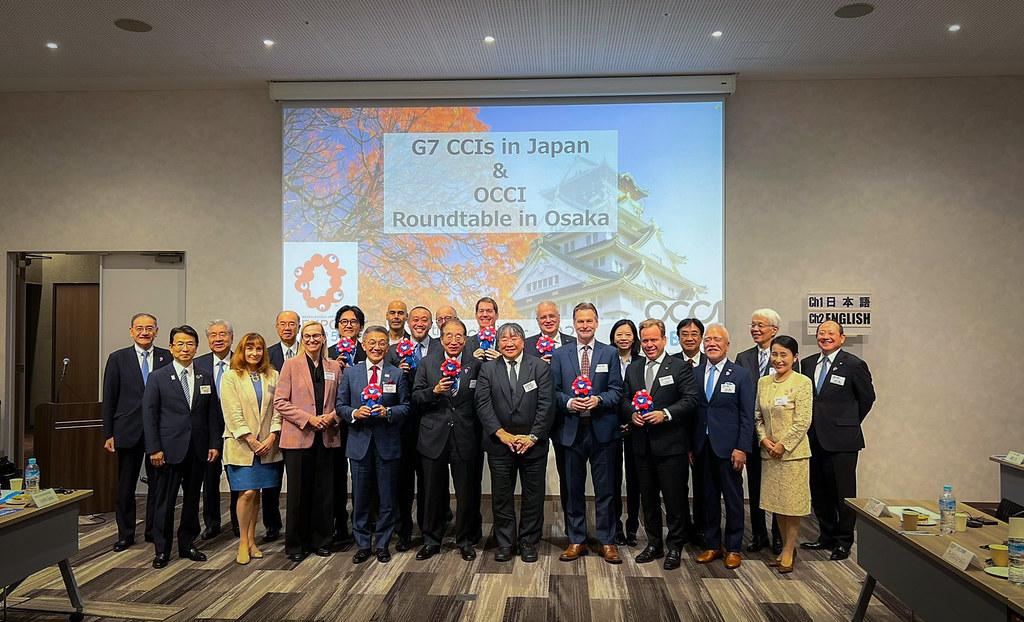Member? Please login
Corporeal Expression – What are you Really Saying?

Written by Sterling Content
October 2, 2020
Past Event Round Ups
The British Chamber of Commerce in Japan held its second Quaran-time Masterclass on September 23, this time on the theme of body language and delivered by Tania Coke, Royal Society of Arts ambassador to Japan.
An artistic director of tarinainanika theatre company and the Corporeal Mime School of Performing Arts in Osaka, Coke demonstrated the importance of non-verbal cues in every situation, including in business, and said everyone could become more aware of their behaviours.
Under the theme “What are you really saying?” she described how body language affects not only how an individual is perceived, but also how they feel about themselves. She drew on her expertise in corporeal mime or the art of the thinking body, using demonstrations and interactive exercises to point out the role that the body plays in communication.
“The body can send out messages. The way you hold yourself and the way you move gives an impression of the kind of person you are and how you are feeling at that time. At any moment, you have the power to influence the people around you and yourself, for example through the level of energy you put into your movements,” she said.
The way a person carries out simple actions, such as rising from a chair to greet someone, will influence the perceptions, atmosphere and mood of an encounter, she continued.
She added that nonverbal signals are open to interpretation, especially in international business situations, and encouraged attendees to adapt their behaviour to each situation instead of acting purely out of habit or convention.
“There are no set rules in cross-cultural meetings; everyone is influenced by their past, so let’s notice what’s going on and get curious about it,” she said. “By paying attention to people’s body language, you are receiving information about that person and connecting with them in a physical dimension, even if unconsciously.”
Becoming more aware of the nonverbal cues given and received is an effective way for an individual to improve their personal and professional situations, Coke concluded.








